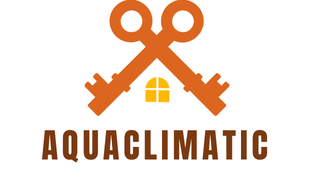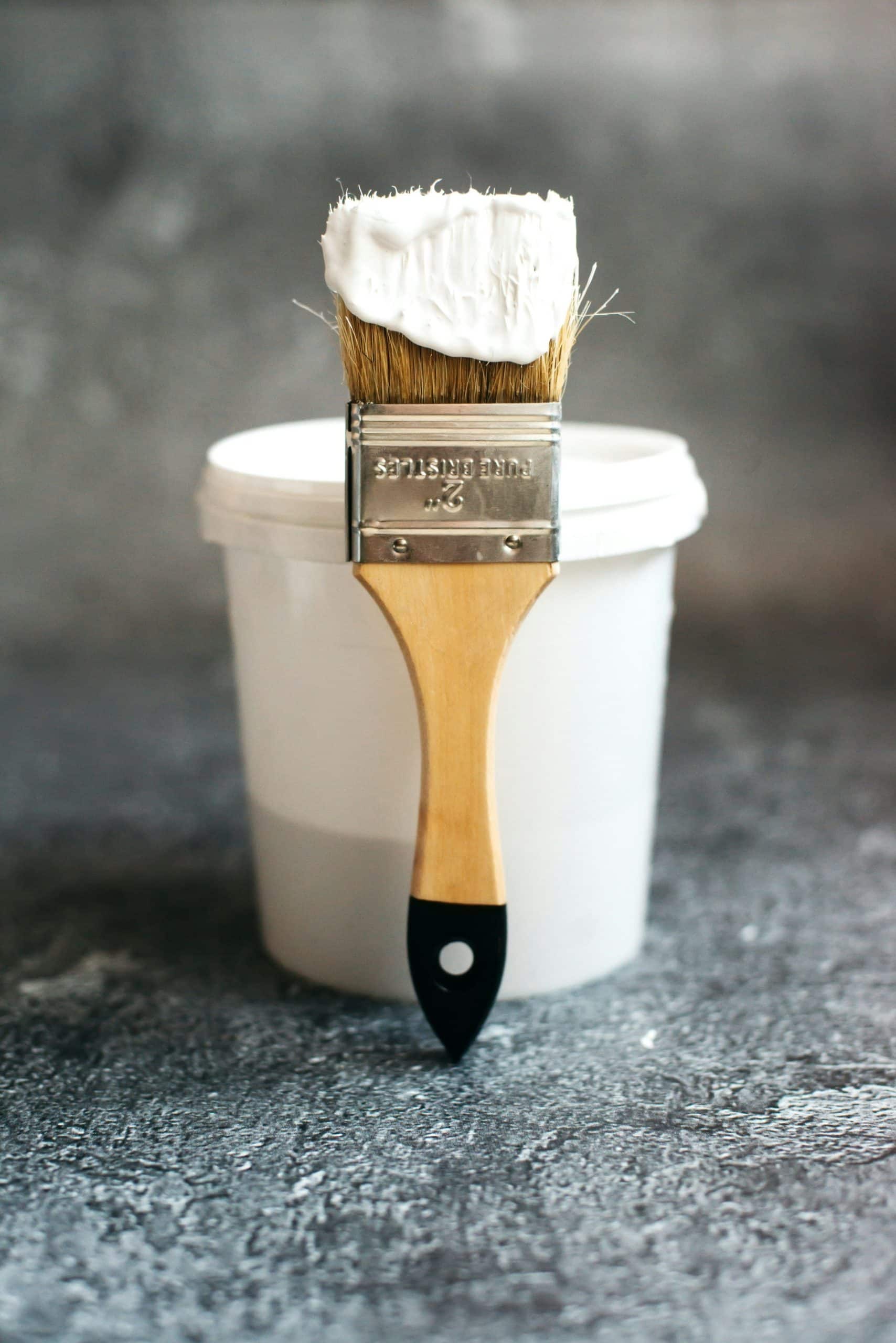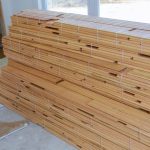The idea of owning a Victorian house in London and restoring it to its original glory is an alluring prospect for many. The character, the charm, the history – it’s no wonder why these properties are so sought after. However, renovating a Victorian house is not a project to be taken lightly. The cost of renovation can quickly spiral out of control if you’re not careful with your planning and budgeting.
In this guide, we aim to provide you with a comprehensive outlook on how to accurately estimate the costs of renovating a Victorian house in London. We will discuss everything from loft conversions and kitchen extensions to the cost of materials and design work. This will not only help you to build a realistic budget for your project but also to ensure that your Victorian property renovation is a success.
A lire aussi : Can you claim tax deductions on a second home in Wales?
Assessing the Current State of the Property
Before you can even begin to calculate the cost of renovating your Victorian house, you need to assess the current state of the property. This will give you an idea of the extent of the work needed and the potential costs involved.
When you begin assessing the property, start by looking at the structural integrity of the building. This includes checking for any signs of water damage, structural issues, roof damage, and any other potential problem areas. You may want to consider hiring a professional surveyor for this part of the process as they will be able to identify any issues that you might miss.
A découvrir également : How to negotiate lease extensions for flats in Cardiff?
Once you have a clear idea of the state of the property, you can then begin to estimate the cost of the necessary repairs. Don’t forget to factor in the cost of any necessary building permits or planning permission needed for the renovation work.
Planning Your Renovation Project and Budget
Once you have assessed the condition of your Victorian property, you can start planning your renovation project. This requires a thorough understanding of the tasks that need to be undertaken and the costs involved.
Start with a detailed plan of the work that needs to be done. You might be planning a loft conversion, a kitchen extension, or both. Maybe you want to restore the original features of the property or add a modern touch to the traditional design. Each of these will significantly impact your renovation budget, so it’s crucial to outline your plans clearly.
Next, categorize your renovation plans into ‘must-haves’ and ‘nice-to-haves’. ‘Must-haves’ are the necessary work like fixing structural issues or replacing old wiring, while ‘nice-to-haves’ can include things like high-end kitchen fittings or luxury bathroom suites.
From here, you can create a budget tailored to the specific needs of your property. Remember, it’s always wise to include a contingency of at least 10-20% for any unforeseen costs during the renovation.
Estimating the Cost of Building Work
The cost of the building work will form a significant part of your renovation budget. This includes everything from the loft conversion to the kitchen extension and all the other structural work that needs to be done.
To get a ballpark figure, you can use the average cost per square foot for renovation work in London. According to recent data, the average cost per square foot for renovation work in London can range anywhere from £100 to £200. However, keep in mind that these are average figures, and the actual cost can vary significantly depending on the complexity of the project and the quality of the materials used.
In addition, don’t forget to factor in the cost of labour. The cost of labour can vary depending on the type of work, the skill level of the workers, and the current market rates.
The Cost of Materials and Design
In addition to the cost of building work, you will also have to factor in the cost of materials and design. The cost of materials will depend on the quality and type of materials you use for your renovation. For example, if you are planning to restore the original features of the property, you may need to source specialist materials which can add to the cost.
The design work can include everything from drafting the initial plans to the interior design of the property. The cost of design work will vary depending on the complexity of the project and the designer’s fees.
Understanding the True Cost of a Victorian House Renovation
Embarking on the renovation of a Victorian house is no small feat. It requires careful planning, meticulous budgeting, and a deep understanding of the renovation process. By considering the current state of the property, planning your renovation project and budget, understanding the cost of building work, and taking into account the cost of materials and design, you can begin to accurately estimate the renovation costs.
However, you need to keep in mind that every renovation is unique, and the costs can vary greatly. Therefore, it’s always wise to seek professional advice to ensure that you’re making informed decisions every step of the way.
Procuring Professional Assistance
Seeking professional assistance is a practical step when planning to renovate a Victorian house. It’s an effective way to ensure you are making informed decisions about your renovation project. From structural engineers to interior designers, professionals can offer valuable insights to help you save money and avoid costly mistakes.
You can engage a quantity surveyor to provide an accurate renovation cost estimation. A surveyor has the expertise to evaluate the property and prepare a detailed rebuild cost report. This report will outline all the necessary work, from structural repairs to loft conversions, and provide a comprehensive cost breakdown.
Additionally, you might want to employ an architect or interior designer to help with the layout and design work. They could incorporate your vision into the plans while ensuring the property maintains its Victorian character. Their expert knowledge can significantly contribute to the success of your renovation project. For example, they can guide you on obtaining planning permission if required.
Remember, the cost of hiring professionals should be factored into your renovation budget. However, these costs can be viewed as investments that ensure your project runs smoothly and stays within budget, ultimately potentially saving you more in the long run.
The Importance of Insurance during Renovation
One factor often overlooked when estimating the renovation costs of a Victorian house is the cost of appropriate insurance. House insurance during a renovation project is vital to protect you against any unexpected events that could result in damage to the property or even derail the project.
Several insurance policies are available for house refurbishment projects. Basic insurance cover will protect against perils such as fire, theft, or storm damage. However, if you are undertaking significant work such as a loft conversion or extension, you might need to consider a specialist renovation insurance policy. These policies typically cover additional risks including public liability, legal expenses, and alternative accommodation in case your home becomes uninhabitable during the renovation.
The cost of insurance during a renovation project varies depending on the size and nature of the project, the property’s value, and the level of cover required. Therefore, it’s recommended to gather several quotes to find a policy that offers comprehensive coverage at an affordable rate.
Conclusion
Embarking on a renovation project of a Victorian house in London is undoubtedly a monumental task. However, with meticulous planning, an understanding of the process, and professional assistance, you can properly estimate the renovation costs and ensure the project’s success. Remember, the goal is to bring the Victorian charm back to life while introducing modern conveniences, all within a reasonable budget.
While costs can vary significantly, a detailed evaluation of the property, understanding the cost of building and design work, considering professional fees, and factoring in insurance can give you a realistic expectation of the potential expenses. It’s also wise to allow for a contingency of 10-20% for any unforeseen costs.
In conclusion, renovating a Victorian house is not just about restoring a building; it’s about preserving history and creating a beautiful and comfortable living space. With careful budgeting and preparation, this challenging task can become an immensely rewarding experience.











